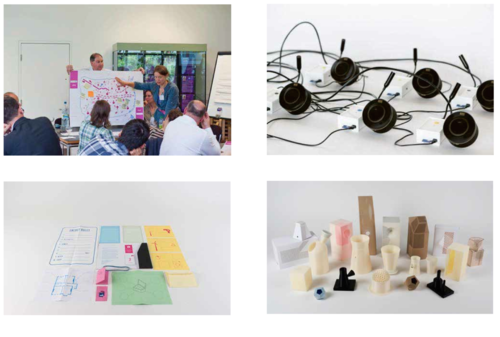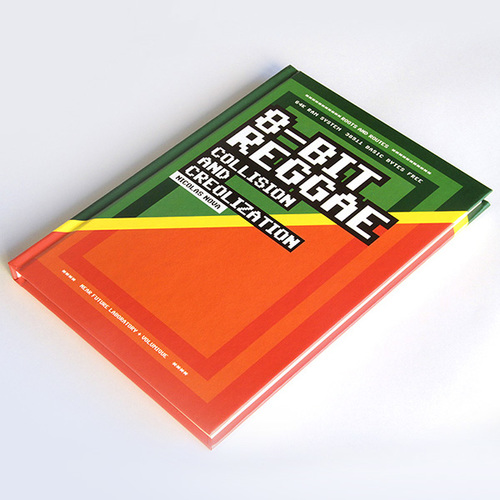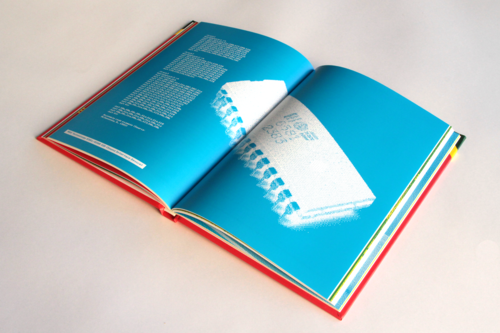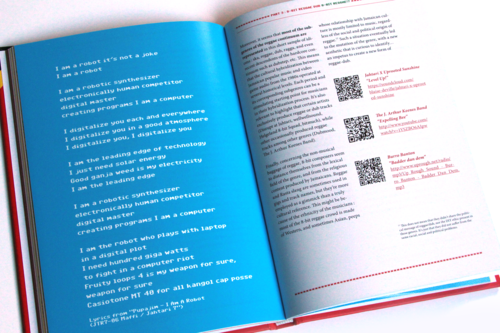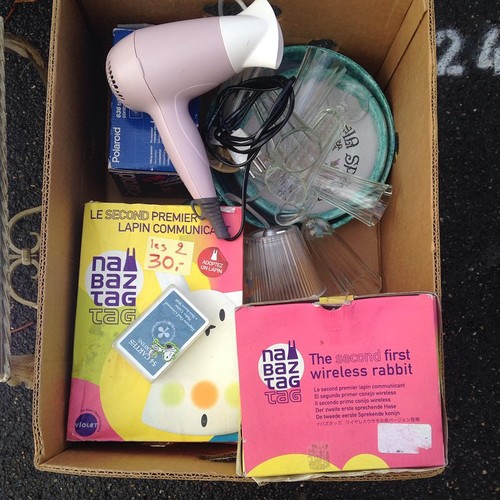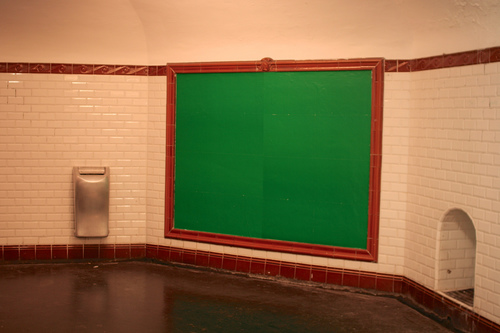An interesting read this morning:
Kitchin, R. (2014). Thinking Critically About and Researching Algorithms, The Programmable City Working Paper 5, Available at SSRN.
As indicated by its title, this paper address the ways to investigate algorithms and the difficulties in doing so. Based on an extensive review of the literature, it highlights the issues at stake in the field of software studies that emerged in the last ten years. It's quite pragmatic with a focus on six ways to empirically research algorithms: "examining source code (both deconstructing code and producing genealogies of production); reflexively producing code; reverse engineering; interviewing designers and conducting ethnographies of coding teams; unpacking the wider socio-technical assemblage framing and supporting algorithms; and examining how algorithms do work in the world." In a discussion of these approaches, Kitchin highlights that they should be combined in order to provide more thorough perspectives
Why do I blog this? Both because it's a resource that may be useful for my students working in this domain, and bc I'm currently writing about algorithmic cultures.

